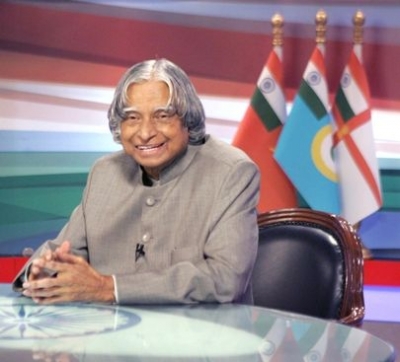
India’s attempt to conduct a second nuclear test was revived in 1998, during Atal Bihari Vajpayee’s second term as prime minister. On April 8, approval for the tests was given by the Department of Atomic Energy (DAE) chief R Chidambaram and DRDO chief Dr. APJ Abdul Kalam. The entire operation was controlled by Vajpayee and his principal secretary Brajesh Mishra from the prime minister’s office. The operation was conducted in such high secrecy that nobody except the then home minister LK Advani knew about it. Even important persons such as the then defence minister, George Fernandes, were told about the tests on May 9 and the three service chiefs and the foreign secretary were informed over the next three days. On May 11, this information was shared by the Cabinet Committee on Security.
A team which included Dr. K Santhanam, Dr. Kalam, Chidambaram and few other nuclear scientists and engineers started arriving in Pokhran in May 1998. The entire operation was conducted in utmost secrecy. The tunnels were only dug at night, not to be seen by the U.S spy satellites. The scientists used army uniforms and camouflages to disguise themselves and dig the bomb shafts. To avoid suspicion, nuclear devices were also flown from different parts of the country.
On May 11, 1998, at around 3:45 PM, India tested three devices – a thermonuclear device (Shakti I), a fission device (Shakti II), and a sub-kiloton device (Shakti III).On May 13, India detonated two more sub-kiloton devices-Shakti IV and V.
Picture Credit : Google




